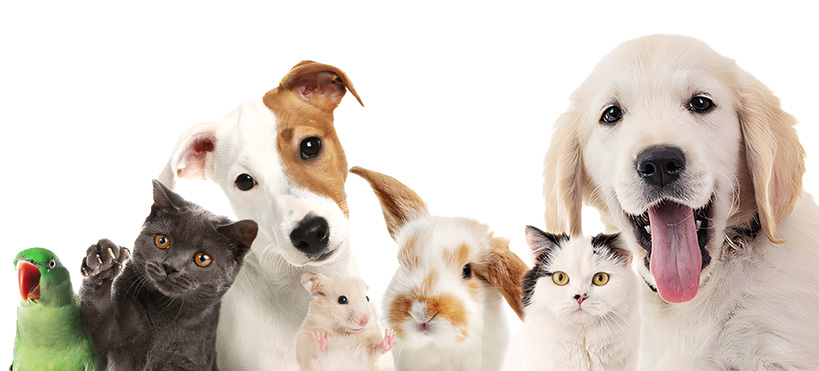
Intensive Care


Oxygen therapy
Supplemental oxygen can be life-saving for pets and is an essential treatment in many situations, especially when the animal is experiencing breathing difficulties. Examples of such diseases include:
- Failure of the heart and circulatory system
- Congestive heart failure
- Anaphylaxis
- Septic shock
- Cardiac tamponade
- Insufficient oxygen delivery to the lungs
- Hypoventilation (e.g. in snake envenomation or drug overdose)
- Respiratory disease
- Reduced oxygen carrying capacity in the blood, i.e. anaemia
How is oxygen therapy administered?
Several options exist for providing supplemental oxygen:
- Flow by oxygen: This allows oxygen to flow from a delivery pipe into the airspace close to the animal’s nose. This is a useful method to deliver short-term oxygen supplementation.
- Oxygen mask: A close-fitting mask is held over the animal’s face or muzzle.
- Nasal prongs: A soft tubing with two prongs that sits below the nose and delivers oxygen directly into the nostrils.
- Nasal cannula: A small tube that is placed into the muzzle.
- Oxygen tent: This is a sealed chamber in which the whole animal is placed in an oxygen-rich enclosure.
Transfusion therapy
What is a blood transfusion?
A blood transfusion is a life-saving procedure whereby blood from a donor animal is transfused into the recipient animal who has severe blood loss due to external or internal bleeding, surgery, autoimmune conditions, or infectious diseases. The aim of blood transfusion is to maintain a healthy blood volume while addressing the underlying cause.
Types of blood transfusion
Transfusion of whole blood is the most common type of transfusion performed in our practice, followed by blood products such as fresh frozen plasma.
How are transfusions performed?
Although blood transfusion is a life-saving procedure, it is not benign. Transfusion reactions occur in up to 3% to 15% of patients. When a donor is found, blood typing and crossmatching between donors and recipients is performed to reduce the risk of transfusion reactions. Once the donor’s blood is found to be compatible with the recipient, they then have to be screened for infectious diseases or underlying conditions that might compromise health after blood donation is performed.
Once the veterinarian is satisfied with the results of all the blood tests, an intravenous catheter will be placed in the recipient for the blood transfusion. The transfusion process could take up to four hours depending on the urgency of the situation. The veterinary team has to carry out proper collection and handling of the blood products, and perform thorough monitoring during and after the transfusion to ensure that delayed reactions are minimised.
24-hour supervised hospitalisation
Pets that have recently undergone major surgery or are suffering from serious illnesses will require treatment in the hospital. 24-hour hospitalisation allows for continuous monitoring of the patient’s condition, and trained professionals can treat them until they are stable enough to be cared for at home. Some treatments that cannot be done at home include intravenous fluid therapy, analgesia for more painful conditions, and administration of non-oral medication.
During the stay, pet owners will receive daily updates on their pet’s condition. Once the patient is ready to be discharged, owners will be notified of the date and time to come pick them up. During the discharge process, your pet’s aftercare instructions will be explained by a member of the veterinary team and a follow-up appointment will be scheduled.